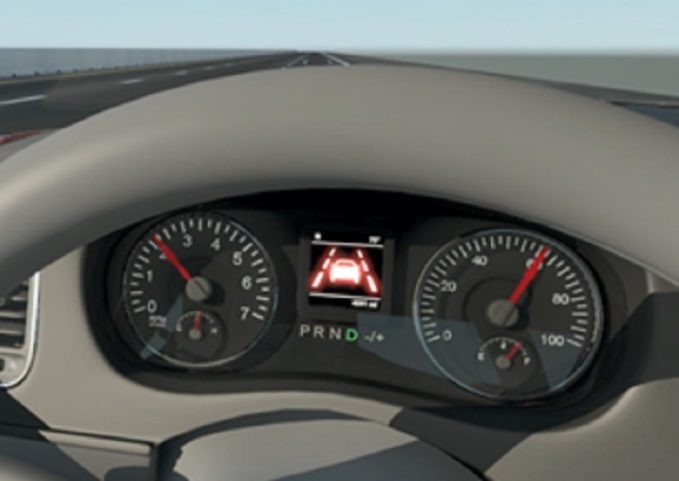
By Art Liggio, Chairman, Driving Dynamics
November 11, 2022
As fleet operators modernize their inventory, most vehicles are ordered with the latest Advanced Driver Assistance System (ADAS) features. While automation is predominantly touted in all of the advertising related to ADAS, critical functions of many of these systems still heavily rely on the successful and correct use by the driver. For example, a common feature now installed in new vehicles is Lane Keeping Assist (LKA), which is designed to detect if a vehicle is wandering out of its lane. LKA will automatically make steering corrections to return the vehicle back to its proper position within the lane.
 There is a very useful feature, however, in everyday driving situations that fundamentally relies on the driver to use a safety system that’s been installed in vehicles for more than 80 years— it’s called the turn signal! To this day, too many drivers do not properly signal lane changes or turns. If a vehicle is equipped with LKA and the driver initiates a turn without first activating the turn signal, LKA assumes a correction is needed and attempts to override the driver’s directional turn. The fight for control over the vehicle begins. While the driver will eventually win, during those few seconds, the focus goes to the steering wheel, not the road ahead, and tunnel vision ensues. These are unnecessary risk factors that can lead to a crash.
There is a very useful feature, however, in everyday driving situations that fundamentally relies on the driver to use a safety system that’s been installed in vehicles for more than 80 years— it’s called the turn signal! To this day, too many drivers do not properly signal lane changes or turns. If a vehicle is equipped with LKA and the driver initiates a turn without first activating the turn signal, LKA assumes a correction is needed and attempts to override the driver’s directional turn. The fight for control over the vehicle begins. While the driver will eventually win, during those few seconds, the focus goes to the steering wheel, not the road ahead, and tunnel vision ensues. These are unnecessary risk factors that can lead to a crash.
During your next drive, pay attention to how many times drivers fail to use their turn signals. It is quite troubling. According to a study conducted by the Society of Automotive Engineers, motorists neglect to employ their turn signals when making turns about 25 percent of the time. Add to this, drivers also do not use their turn signals while changing lanes. This means about 48 percent of drivers fail to properly use their signals.
 So, if you are investing dollars having Lane Keep Assist in your fleet’s vehicles, keep in mind that a significant percentage of the time its value will be undermined by poor driver habits and lack of understanding about how the system works. Adding to the fact that a significant percentage of drivers fail to use their turn signals, research by the AAA Foundation for Traffic Safety has determined that 37 percent of drivers turn off LKA off because it frustrates them. I suggest that the majority of this group are those drivers who also typically fail to use their turn signals.
So, if you are investing dollars having Lane Keep Assist in your fleet’s vehicles, keep in mind that a significant percentage of the time its value will be undermined by poor driver habits and lack of understanding about how the system works. Adding to the fact that a significant percentage of drivers fail to use their turn signals, research by the AAA Foundation for Traffic Safety has determined that 37 percent of drivers turn off LKA off because it frustrates them. I suggest that the majority of this group are those drivers who also typically fail to use their turn signals.
Make sure your drivers understand that the most important part of the Advanced Driver Assistance System is the “driver assistance” part. ADAS is never meant as a replacement for good driving skills and habits, but rather supplement to a driver’s own abilities. ADAS, including Lane Keep Assist, is just one more tool designed to help make drivers more effective.
These new vehicle technologies are great and can prevent crashes and save lives, but until your drivers are properly and safely executing the most fundamental vehicle control skills, your ADAS ROI will be undermined. Consider including ADAS training and reminder campaigns in your current safety initiatives to help drivers refocus on consistently applying proper vehicle control techniques. This way, when they get the keys to a brand-new smart fleet vehicle, their capabilities behind the wheel are in line with what the ADAS features depend on to function optimally.
And don’t leave it to your drivers to figure things out by trial and error while on the road because improperly used, it has the potential to make matters worse. Make sure drivers have a full understanding and training on all the driver assistance systems in their vehicles.

